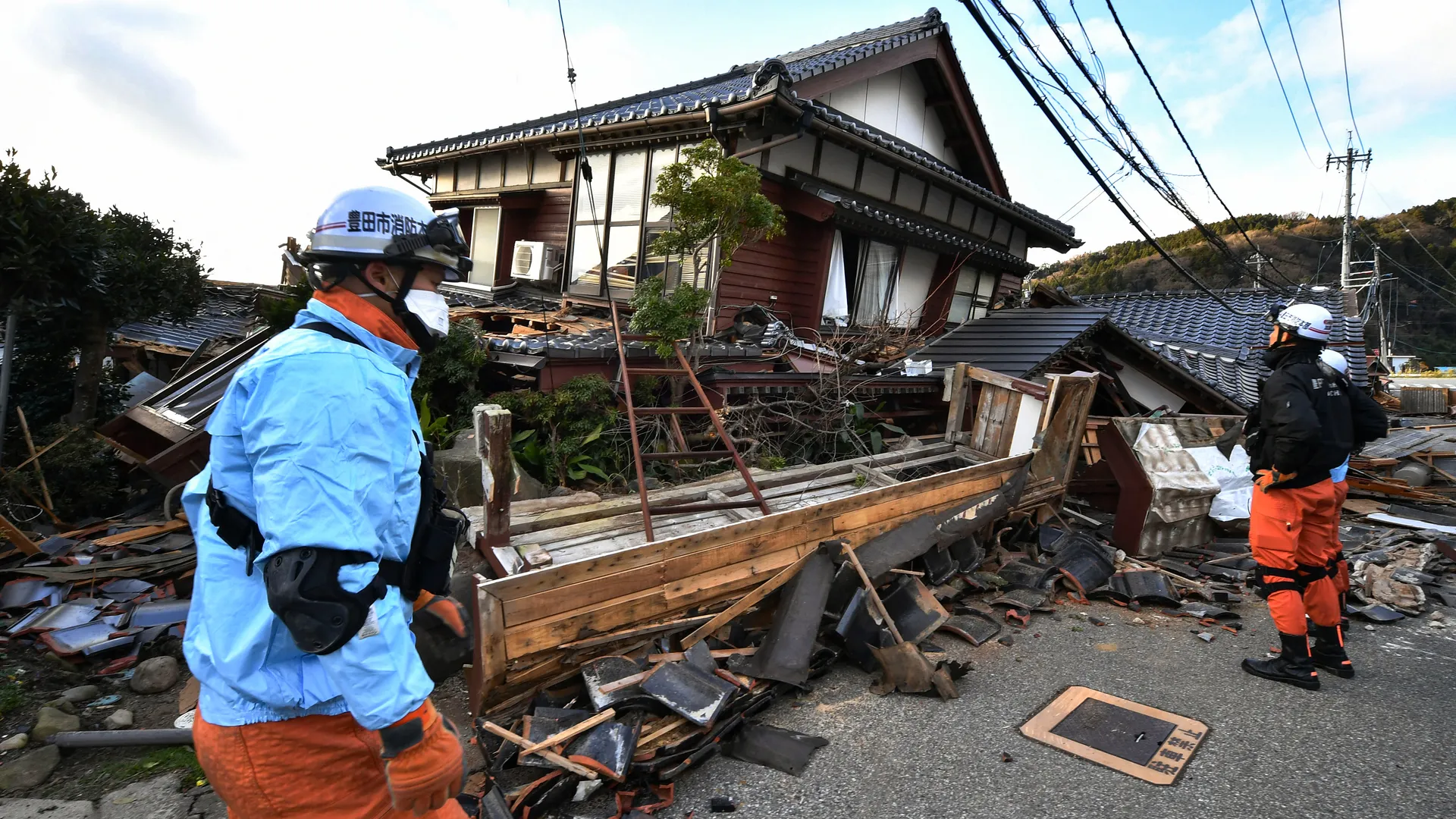Japan has pledged to allocate an additional US$660 million towards the reconstruction of regions severely affected by the catastrophic earthquake that struck on New Year’s Day, announced Prime Minister Fumio Kishida. This increment raises the total disaster relief fund to US$1.7 billion. The earthquake, with a magnitude of 7.5, along with subsequent aftershocks, caused extensive damage in the Ishikawa region, located along the coast of the Sea of Japan. The calamity resulted in the collapse of numerous buildings, destruction of infrastructure, and ignited a significant fire.
To date, the earthquake has claimed 241 lives, with over 10,000 individuals seeking shelter in temporary accommodations such as hotels and shelters. Some areas in Ishikawa are still grappling with water supply issues.
Prime Minister Kishida made the announcement regarding the additional funds during his visit to the earthquake-stricken areas, where he evaluated the ongoing recovery efforts. Speaking in Wajima, one of the cities most severely impacted, Kishida acknowledged the improving conditions in temporary shelters but emphasized the enduring hardships faced by the affected communities. He affirmed the government’s commitment to intensifying support and recovery initiatives.
Kishida outlined that the forthcoming budget allocation of approximately ¥100 billion (US$660 million), drawn from the current fiscal year’s reserve funds designated for disaster relief and unforeseen emergencies, is anticipated to receive Cabinet approval shortly. This contribution represents the third installment of emergency funding directed towards the earthquake recovery, with the total expected to surpass ¥260 billion.
The additional funds are intended, in part, to support a subsidy scheme aimed at assisting young families and those with children in reconstructing their homes. Furthermore, Kishida pledged to expedite the construction of prefabricated temporary housing and to enhance support for the traditional crafts industry in Wajima, particularly the renowned lacquerware artisans.
According to government estimates from the previous month, the damage inflicted by the earthquake on Ishikawa and two adjacent regions could amount to between ¥1.1 trillion and ¥2.6 trillion. However, even the higher end of these estimates falls significantly short of the ¥16.9 trillion in damages caused by the 2011 earthquake and tsunami in northeastern Japan. That disaster led to approximately 18,500 fatalities or missing persons and precipitated a meltdown at the Fukushima nuclear facility, marking the most severe nuclear incident since the Chernobyl disaster.














